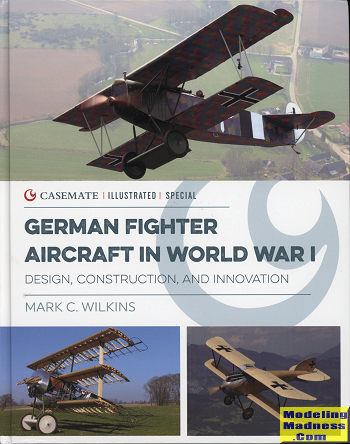 Military
aviation really came to the forefront during World War I. What started out with
using aircraft for strictly reconnaissance turned into the development of
aircraft whose sole purpose was to shoot down those recce planes. Eventually
fighters or pursuit planes were used to accompany those reconnaissance planes
and we get the scenario of fighter planes attacking other fighter planes and the
dogfight is born.
Military
aviation really came to the forefront during World War I. What started out with
using aircraft for strictly reconnaissance turned into the development of
aircraft whose sole purpose was to shoot down those recce planes. Eventually
fighters or pursuit planes were used to accompany those reconnaissance planes
and we get the scenario of fighter planes attacking other fighter planes and the
dogfight is born.
As with all weapons used during war time, there was a fairly
fast back and forth when it came to development. While one side would have
the advantage, that was fairly short lived as the other side would not only
catch up but surpass their adversary.
This book delves into the development of fighter aircraft
used by the Germans. It is not simply a listing a base history, but a fairly
in-depth look at how each of the various aviation companies developed and built
their planes. There were some fairly striking differences in methods of
construction from company to company. For instance, Fokker pretty well stuck
with frame and canvas fuselage and wing covering for all of its designs. they
were also one of the last to get away from wing warping to the use of proper
ailerons. Albatross, was a fairly earlier developer of formed plywood for the
fuselages of its aircraft and this method was also used by Pfalz. Junkers
developed all metal aircraft and cantilever flight surfaces.
Most aircraft started out using rotary engines, with Fokker
holding out the longest as they had a financial stake in the engine builder.
Meanwhile as the war progressed, liquid cooled engines proved to be a lot more
powerful. This was especially the case late in the war when castor oil for
rotaries became scarce, resulting in a lot of failures.
As mentioned, the book goes into the actual building of the
aircraft as much as anything else. These areas are as fascinating as any other
aspect of the planes and we have the benefit of a number of companies building
replicas using the exact same methods of construction as 100 years ago. As such,
we can compare images of current construction with archival images. It makes for
a fascinating comparison.
All and all, this is a great title not only for those who are
fairly well steeped in the subject, but for tyros as well. Highly recommended.
December 2019
Copyright ModelingMadness.com. All rights reserved.
Review book courtesy of
Casemate Publishing. Get yours
at this link.
If you would like your product reviewed fairly and quickly, please
contact
the editor or see other details in the
Note to
Contributors.
 Military
aviation really came to the forefront during World War I. What started out with
using aircraft for strictly reconnaissance turned into the development of
aircraft whose sole purpose was to shoot down those recce planes. Eventually
fighters or pursuit planes were used to accompany those reconnaissance planes
and we get the scenario of fighter planes attacking other fighter planes and the
dogfight is born.
Military
aviation really came to the forefront during World War I. What started out with
using aircraft for strictly reconnaissance turned into the development of
aircraft whose sole purpose was to shoot down those recce planes. Eventually
fighters or pursuit planes were used to accompany those reconnaissance planes
and we get the scenario of fighter planes attacking other fighter planes and the
dogfight is born.